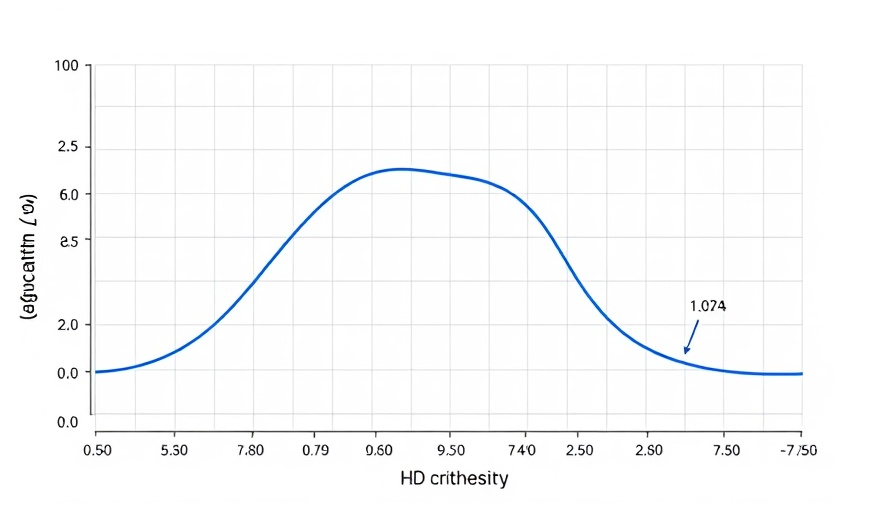
Understanding Noncentrality Parameters: Vital Insights for AI Learning
The world of artificial intelligence (AI) is not just about automating tasks; it also encompasses a deep understanding of statistical methods that bolster the analysis and interpretation of data. One such method involves noncentrality parameters—a concept that, though abstract, plays a critical role in effect size estimation and confidence interval construction in statistical models.
What Are Noncentrality Parameters?
Noncentrality parameters are particularly significant in the context of various probability distributions, including the t, chi-square, and F distributions. When utilising statistical models, the shape of these distributions can be altered by the value of the noncentrality parameter, represented typically as δ (delta). In simpler terms, δ adjusts the focus of the distribution, thereby influencing data analysis outcomes.
Connecting Noncentrality to AI Learning Paths
For adults diving into AI, understanding noncentrality parameters enriches the learning process, particularly concerning statistical methods used in algorithm design and data interpretation. As one traverses an AI learning path, acquiring knowledge of such parameters prepares learners to handle complex data analyses—skills invaluable in various AI applications.
A Peek into SAS Functions for Noncentrality
The computational capabilities of SAS offer tools specifically designed for analyzing noncentrality parameters, enabling learners to construct confidence intervals. Functions like TNONCT, CNONCT, and FNONCT empower users to navigate confidence intervals effectively, enhancing the analytical framework necessary for AI development. These functions illustrate how statistical concepts intertwine with AI, underscoring the importance of a solid statistical foundation for machine learning practitioners.
Real-World Implications of Noncentrality in AI
Understanding how different values of the noncentrality parameter affect statistical outcomes is crucial for interpreting AI-driven analyses. As industries increasingly rely on AI for decision-making, the role of accurate data interpretation becomes paramount. The adjustments made by noncentrality parameters can significantly sway conclusions drawn from complex data sets, making mastery over these concepts essential for professionals involved in AI.
Statistical Foundations of AI: Emerging Trends
The integration of noncentrality parameters in AI analysis is an example of a larger trend towards leveraging rigorous statistical methodologies in machine learning contexts. As AI technology evolves, the convergence of statistical and computational techniques will likely aim for heightened accuracy in predictive models, enhancing their reliability across various sectors—from healthcare to finance.
Bottom Line: Take Your Next Steps in AI Learning
For those keen on enhancing their AI capabilities, embracing the study of statistical principles, such as noncentrality parameters, can be transformational. By understanding the impact of these parameters, learners can make profound contributions to the realm of AI—designing systems that learn, adapt, and generate insights with greater efficacy.
In conclusion, whether you’re an AI enthusiast, a data scientist, or a future innovator, integrating knowledge of statistical parameters into your learning path will fortify your skills and expand your analytical perspective. Dive deeper into these concepts, and you’ll unlock a new dimension of proficiency in the AI field, setting yourself apart in an increasingly data-driven landscape.
Ready to elevate your understanding of AI technology? Explore resources that offer insights into advanced statistical methods and their applications in AI, paving the way for your innovation in an evolving digital landscape.
 Add Row
Add Row  Add
Add 




Write A Comment